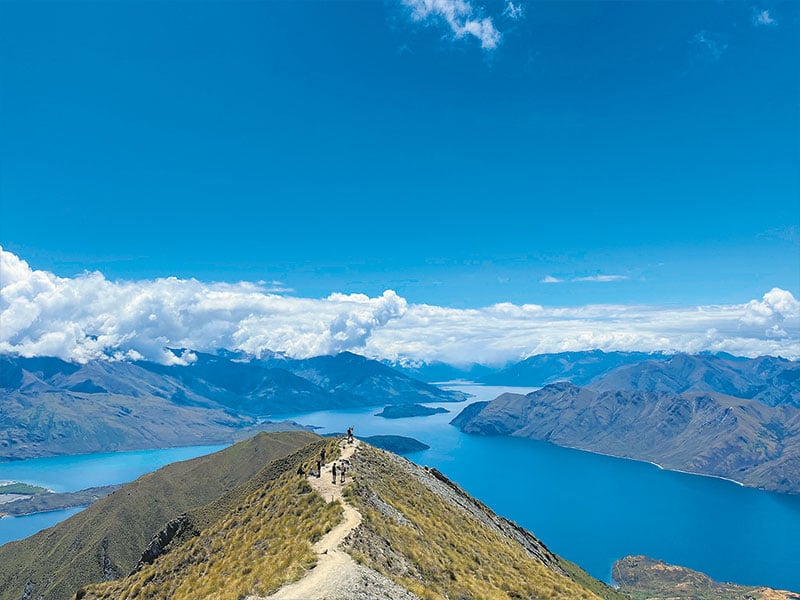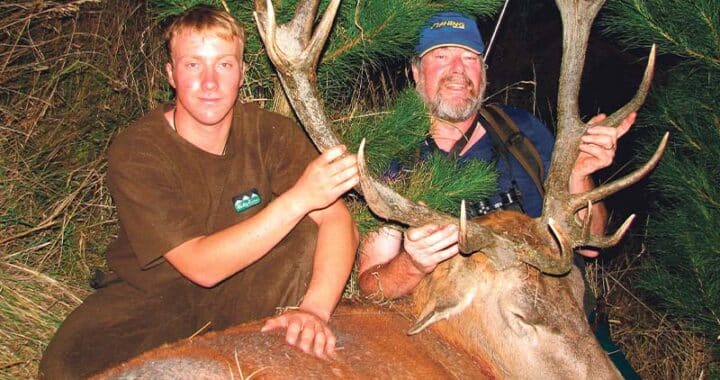Handy tramping tips
2 min read
Summer and autumn months are the best time to plan tramping trips in New Zealand. And while the weather is not too hot during autumn – making it ideal for long hikes – winter can come in early, so it’s important to plan wisely, with hut bookings for overnight stops en route. Below are some quick tips to keep in mind before venturing out on your next trip.
How long?
Start with planning each day’s tramp within the limits of your hiking party. Always remember that the slowest dictates the pace and the length of each day’s hike. A tramp is meant to be enjoyable with time allowed to stop and take photographs, admire views, or wildlife, etc., so plan for regular stops.
What pace?
A handy guide to speed for an average party is four to five kilometres an hour on a smooth, wide track, and two kilometres an hour on a rough track. Uphill, it’s 300 metres per hour, and downhill, it’s 400 metres per hour.
Size of party
The size of the party dictates the pace too. A two- or three-person group will make better speed than a six-person party. When you work out a trip, err on the cautious or slower side.
United crossing
If there are three or four in your tramping or hunting party, it’s best to cut or acquire a long pole and with each person holding it against the chest, the whole party walks over in a line with the tallest upstream and the shortest downstream. A couple can do the same.
Wading stick
If you’re on your own, cut a stick or a stout pole of driftwood and use it as extra support. Walk side onto current, angling slightly down, legs wide apart to get the steadiest balance and shuffle forward a little at a time. Concentrate on the water and the bottom. If the water is dirty, feel with your feet.
Look down
On a bad ford, look downstream to see the pattern of boulders and current, and look for a possible landing place, should you get washed off your feet. But if in doubt, don’t cross in the first place. Even if you have to spend a night out, better that, than getting dunked and saturated.
Campfire wood
Hardwood like manuka is far better than softwood like beech for campfires. Hardwood burns slower and provides far superior heat. Just remember fire regulations in summer. Don’t be guilty of causing a forest fire.
Vaseline uses
Old-fashioned vaseline is useful. It serves as an insect bite cream, sunburn lotion, and even as grease for the fishing reel. Carry a small container filled with some. You never know when it’ll come in handy.
Reverse batteries
A torch is a must in the hills but in the pack, it can be accidentally switched on, unless you reverse the top battery. It’s a precaution well worth taking.



